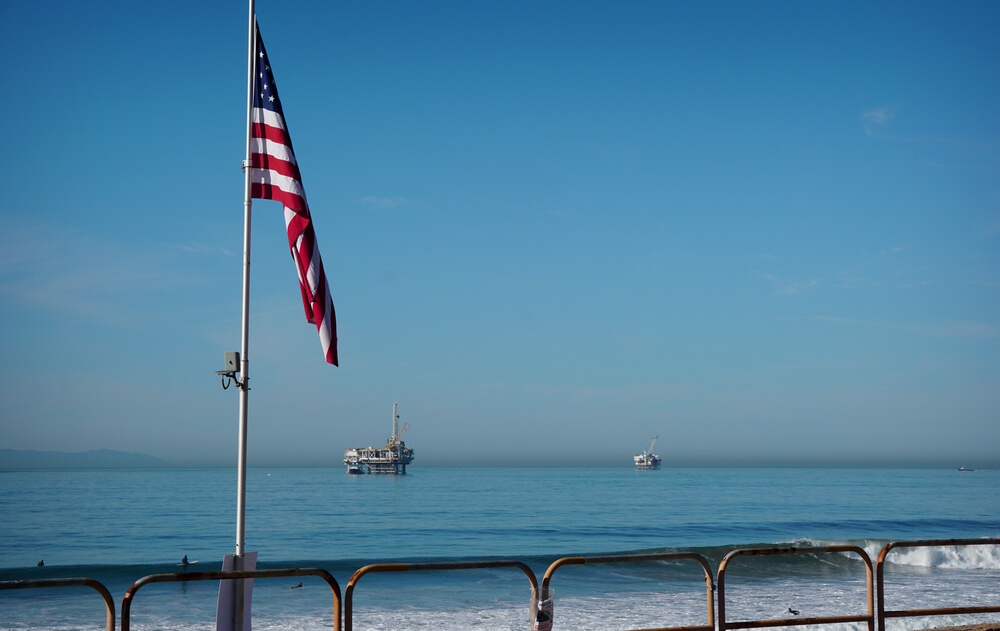Marine Wildlife Benefitting From Offshore Drilling

Oil platforms in the Gulf of Mexico form the largest man-made reef in the world and now yet another platform is providing a thriving habitat for aquatic wildlife. A large, recently decommissioned Shell platform is the latest rigs-to-reefs success story:
“For nearly 40 years, a 350-foot-tall metal frame in the Gulf of Mexico supported a platform that pumped oil and gas from the seafloor. The 3,000-ton structure was recently converted into an artificial reef off the coast of Louisiana, where it will serve as habitat for fish and other marine life. Shell’s Cougar platform was installed in 1981 and produced about 31 million barrels of oil and gas over its lifetime, said Shell external relations advisor, Theodore Rolfvondenbaumen.”
Texas and Louisiana lead the way in Gulf of Mexico platforms being utilized as reefs, with nearly 500 platforms already being utilized in the two states alone. The many environmental benefits of the reefs led renowned researcher Dr. Greg Stunz of the Harte Research Institute of Gulf of Mexico Studies, Texas A&M University-Corpus Christi to push for the program in front of Congress:
“It helps the people of the Coastal Bend, it helps our economies, and most importantly, the Gulf environment. [The rigs] develop flourishing ecosystems … and it enhances our fish stocks, and the anglers love them because they make good fishing spots.”

